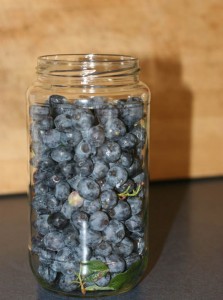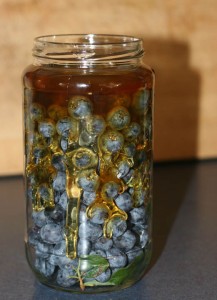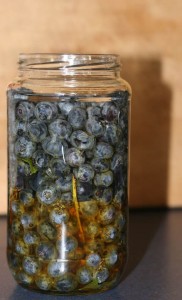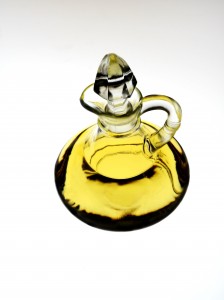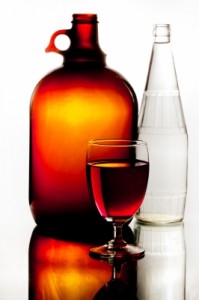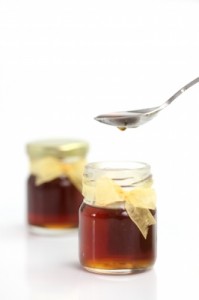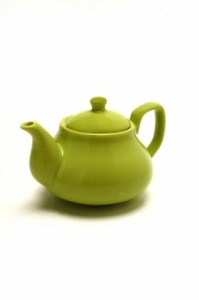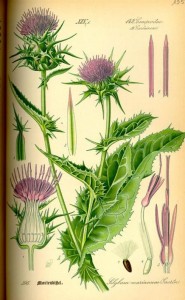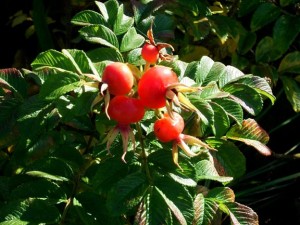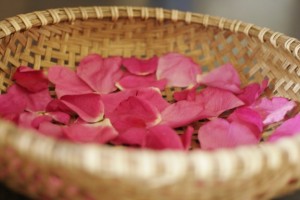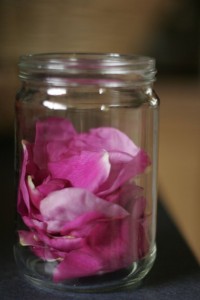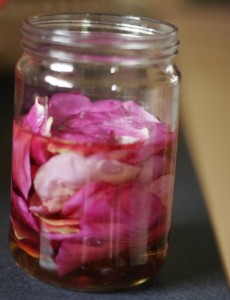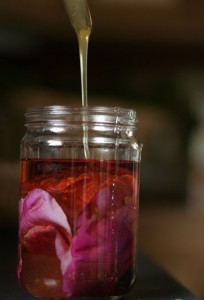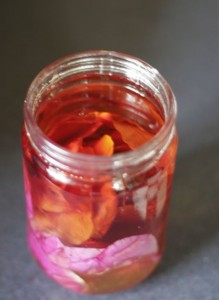It wasn’t that long ago when every home had an herbal medicine kit to treat injuries or illnesses that family members might encounter. These days it is not so common and many people feel at a loss when they are faced with a feverish child at 2 am, the beginnings of a respiratory infection, or a finger burned from a kitchen mishap. Not only is it common sense to have an herbal medicine kit at home, but it is inexpensive to put together and quite empowering to realize that you have the ability to heal yourself and your family of just about any acute illness or injury that you may encounter.
Here is a brief summary of some of the items you may want to include in your herbal home medicine kit. They can be purchased ready made, but most of them you can make yourself very easily and inexpensively. A combination of any or all of the herbal items listed below would make a great addition to any home.

Aloe vera Photo by Peter Kratochvil
Aloe vera – Aloe has been used throughout a long portion of our history in treating and healing burns and other minor skin irritations. The best way to use aloe is directly from the plant itself. Break off a plump piece and slice it open. Apply the clear sap inside directly to the burned or irritated area. It is this sap that has been shown to have pain-relieving and anti-inflammatory properties.
Elderberry Elixir – This is an essential remedy to have on hand, especially during the cold and flu season. Here is my favorite recipe. Rich in vitamins A, B and C, elderberry supports immune system functioning and is one of the best remedies for viral infections. Useful for colds, flus, respiratory afflictions, fevers and upset stomachs.
Echinacea Tincture – Echinacea is a wonderful immune boosting herb – anti-viral as well as anti-bacterial. Topically useful for stings and bites (it is a Native American snakebite remedy), as well as skin infections, echinacea is a staple for the home medicine kit. Just a few of the various conditions that have historically been treated with echinacea include: poisonous insect and snake bites, toothaches, sore throat, wounds, mumps, smallpox, and measles, upper respiratory infections, the common cold, sinusitis, influenza, herpes, lymphatic swelling and skin ulcers.
Oregon Grape Root Tincture – Oregon grape is an excellent alternative to Goldenseal, which is endangered, and can be used for many of the same ailments, including bacterial diarrhea, bladder infections, sinusitis, intestinal parasites, sore throat/laryngitis, and eye infections. It is also useful in chronic skin affections, such as psoriasis, and supporting the liver. It has anti-viral, anti-bacterial, as well as anti-fungal properties and recent studies have shown it may have anti-cancer properties as well.
Calendula cream or ointment – This is one of the most used items in our home medicine kit. It is the first thing we reach for whenever one of the children has a cut, scratch, scrape or rash. Historically, Calendula has been used in reducing inflammation, promoting wound healing, and as an antiseptic. It has been used to treat a variety of skin diseases including skin ulcerations and eczema.

Image: Tom Curtis / FreeDigitalPhotos.net
St John’s Wort salve – While many people these days are aware of St John’s Wort for it’s anti-depressant benefits, they may not be aware that it is one of the best topical anti-inflammatory and wound healing herbs to be found. It’s use in wound healing dates back to Hippocrates. Some of the ailments that can be helped by the topical use of St John’s Wort include bruises, wounds, burns, hemorrhoids, sunburn, herpes sores, varicose veins, sciatica, nerve pain, rheumatism and arthritis.
Plantain/Comfrey/Self-Heal/Chickweed salve – All of these herbs have excellent wound healing properties and one or all of them alone, or in combination with the above mentioned Calendula and St John’s Wort, would make a great salve or ointment for most skin ailments you may encounter.
Essential oils – Essential oils are of great benefit in treating minor ailments at home. If you are unfamiliar with Aromatherapy, or the use of essential oils, please read my article before purchasing and using them. DO NOT use essential oils internally or undiluted or in the eye area. Some of the essential oils I find most useful are: Lavender, Chamomile, Tea Tree, Oregano, and Peppermint. Lavender is very relaxing, calming and can be employed for easing headaches, muscle strain and stress. Chamomile is anti-inflammatory as well as calming and analgesic. iIt is especially well suited for use with children’s complaints, such as colic and teething pain. Tea Tree is a very popular essential oil because of it’s strong antiseptic properties, useful in deep wound cleaning and treating infections. Oregano oil is getting a lot of press lately, mainly because of it’s virtually unmatched germicidal properties. It can be used when dealing with just about any kind of microbial infection. Peppermint is useful for a great many conditions; colds, flus and respiratory illnesses as well as digestive upsets and headaches are just a few of them.
Witch Hazel – This multi-purpose remedy is essential for treating blisters, burns, swelling, inflammation, bleeding, skin injuries, hemorrhoids, varicose veins and eczema. It is astringent and disinfectant as well as hemostatic.
 Garlic Photo by Petr Kratochvil
Garlic Photo by Petr Kratochvil
Garlic – I have heard many people say that if they were stranded on a desert island and could have only one medicine with them – it would be garlic! It is a powerful broad spectrum antibiotic and has been used to ward off everything from the common cold to the Plague. Some of the ailments it has been used to treat include wounds, ulcers, skin infections, flu, athlete’s foot, some viruses, strep, worms, respiratory ailments, high blood pressure, blood thinning, cancer of the stomach, colic, colds, kidney problems, bladder problems, and ear aches. Incorporating garlic, especially raw, into your daily diet is a key part of keeping your body healthy and your immune system functioning at optimal levels.
Ginger – Ginger is an excellent anti-inflammatory herb as well as an important digestive remedy. It is useful for a broad range of ailments such as: nausea, motion sickness, diarrhea, colic, arthritis, rheumatism, colds flus, headaches, poor circulation and heart conditions. In Asia is it considered a longevity herb.
Yarrow – Yarrow is considered a common weed, but is an extremely useful one (as most weeds are). It is an antiseptic, antispasmodic, astringent, carminative, diaphoretic, digestive, emmenagogue, stimulant, tonic, vasodilator and vulnerary. It can be used for colds and flu, stomach ulcers, amenorrhea, abdominal cramps, abscesses, trauma and bleeding, and to reduce inflammation.

